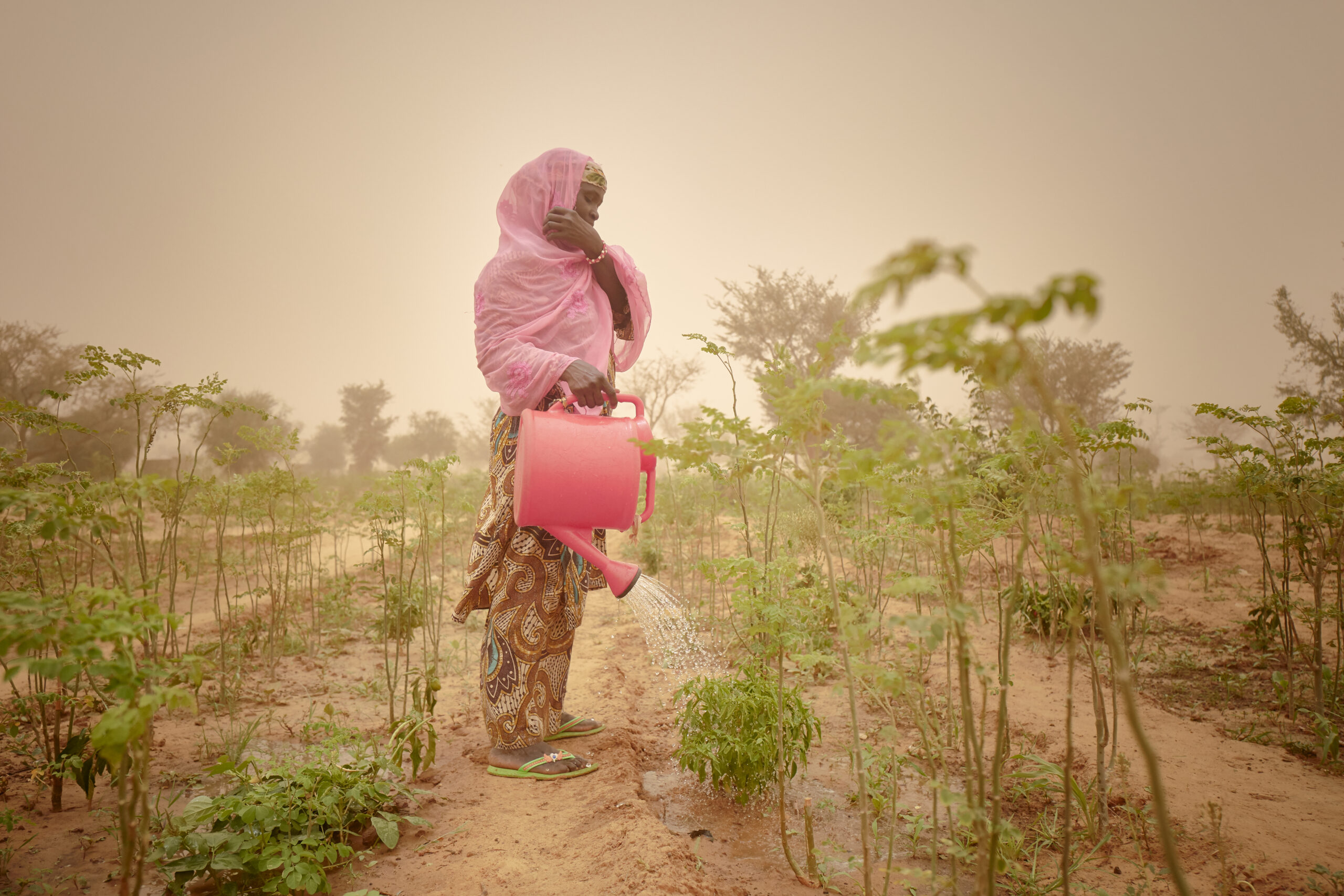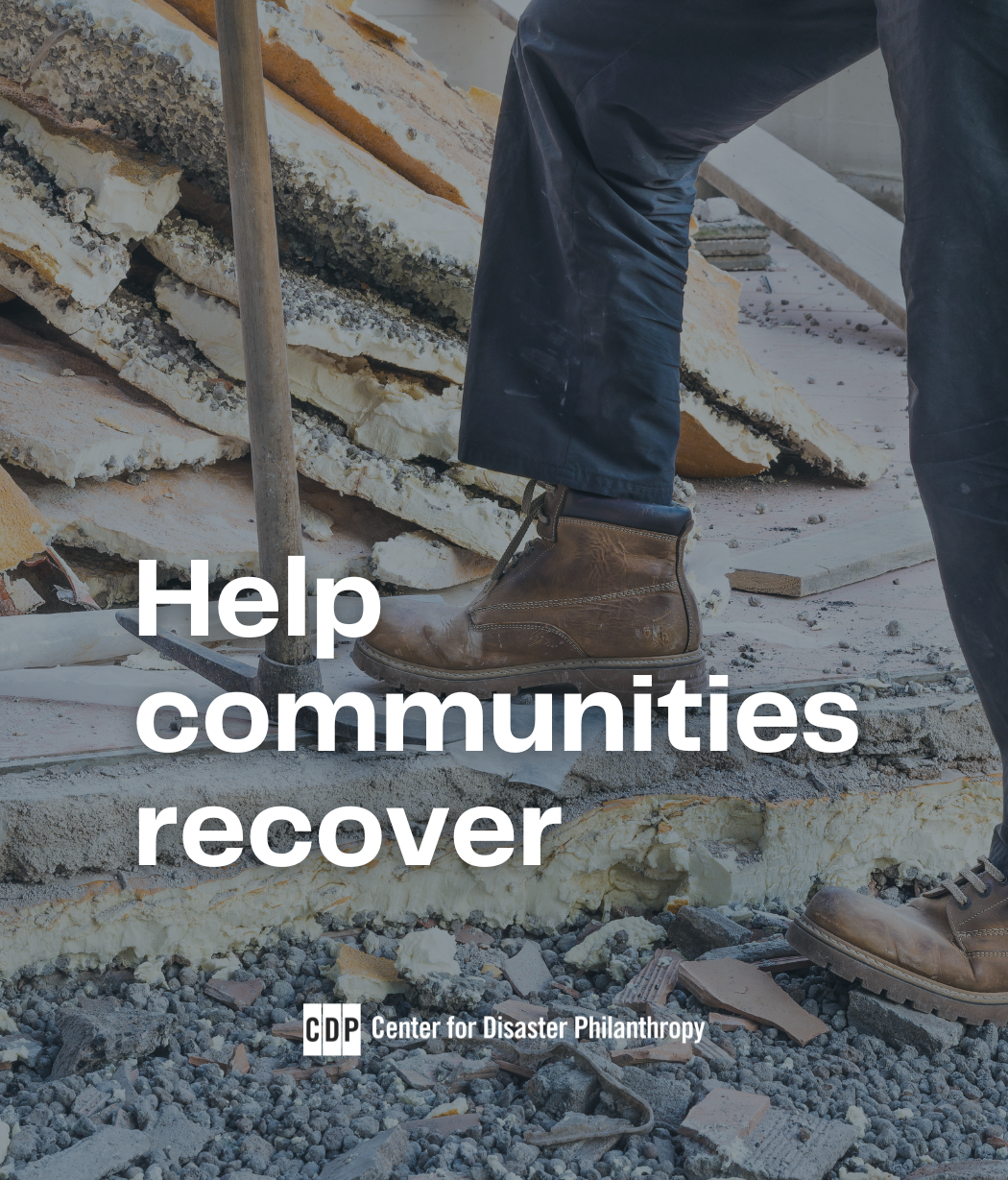Women and girls eat the least and last

Last year, more than 45 million people – the majority of them women and children – were on the brink of starvation. As many as 222 million faced high levels of food insecurity in 53 countries, and almost one million were affected by famine and at serious risk of starvation. In 2023, the situation is projected to worsen.
The global hunger crisis is driven by multiple factors, including conflict, climate change, the effects of COVID-19 and rising global commodity prices, with the most vulnerable communities facing skyrocketing food, energy and fertilizer bills.
These facts and figures demonstrate the magnitude of the global food insecurity crisis. They do not, however, fully reflect the direct and dramatic impacts of hunger on people and communities across the affected regions. Hunger ravages people’s health and well-being, makes them vulnerable to illness, and undermines their ability to work and care for their families. In all this, women and girls are the worst affected and often face additional risks.
Food security is not gender neutral
In the Horn of Africa and the Sahel, record droughts are particularly complex crises that demand response across multiple sectors. These crises disproportionately affect women and girls, with devastating impacts on their physical, mental and reproductive health, their livelihoods and education, and their risk of being exposed to gender-based violence (GBV).
What is often left out of conversations on drought and famine is that food insecurity is gendered. The 2022 State of Food Insecurity and Nutrition report showed that the gender gap in food insecurity is increasing, with 31.9% of women in the world moderately or severely food insecure compared to 27.6% of men – a gap of more than 4% compared to a 1.7% gap in 2019. Globally and in every region, women and girls eat the least and last.
Gendered drivers, risks and impacts of food insecurity
In March 2023, my office co-convened a high-level humanitarian roundtable with members of the Security Council, member states from the Sahel and the Horn of Africa, UN partners, women leaders, policymakers, and practitioners. Before the event, we released a policy brief, which found that: 1) we face alarming risks of profound regressions in crucial gender equality gains made to date in regions plagued by food insecurity; and 2) there is an increasing challenge to reverse the protracted and growing GBV emergency in the regions.
As food insecurity increases, women and girls are not only at the greatest risk of hunger but also of the violation of other fundamental rights. This is particularly pronounced in the following ways:
- Education: Across the Sahel and the Horn of Africa, girls have been dropping out of school at an alarming scale and rate. In Somalia, for example, 420,000 children are currently at risk of dropping out of school, of which 189,000 are girls at risk of child marriage and harmful practices such as female genital mutilation and cutting, often out of parents’ concern for their safety. When food insecurity increases, so do girls’ responsibilities in the household. Girls are more likely to have to look after their younger siblings and fetch water and food at further distances, which exposes them to risks of sexual violence and abuse. This mass un-schooling is profoundly alarming and poses a real risk of a ‘lost generation’ of girls.
- Gender-based violence (GBV): It is well-documented that food insecurity exacerbates the risk of various forms of GBV for women and girls. Families who face increased poverty strive to protect their children and to have fewer mouths to feed, including by subjecting daughters to child marriage. Adolescent girls’ and young women’s sexuality is used as a commodity, with girls being sold and the practice of the dowry persisting or reappearing in some contexts. As conflicts intensify over dwindling resources, we also see conflict-related sexual violence increase. Services for GBV survivors, which are already chronically underfunded, are extremely limited and stretched in their ability to cope with the rising caseload.
- Sexual and reproductive health: An area of women’s health severely impacted by rising levels of food insecurity is their sexual and reproductive health (SRH). Lack of access to food increases the likelihood of anemia and maternal mortality. In Western Sahel, maternal mortality is three times the global rate. In periods of drought, food-insecure communities tend to prioritize food-related needs over women’s health, further reducing their agency in family planning, access to SRH services and management of their menstrual health.
- Pay inequity: Women play major roles in our food systems, yet there is pay inequity. Across Africa, women constitute half the workforce, including in the agricultural sector. In some countries, they contribute to as much as 40% of agricultural production, 80% of agricultural processing and 70% of agricultural distribution labor. Despite their crucial role in food systems, a myriad of harmful social norms and deeply entrenched gender inequalities hinder women from accessing and controlling land and other economic resources.
How funders can help
Women are agents of change. They are at the forefront of advocacy and responses to climate change, food insecurity and hunger across the world. In a crisis, local women and women’s organizations are the first responders, with incredible expertise and unrivaled access to vulnerable populations. We must promote their voice and leadership at all levels of the response to the hunger crisis.
Furthermore, since GBV programming is chronically underfunded, donors must prioritize funding for GBV response, mitigation and prevention. In particular, funders can:
- Address the complex interlinkages and gendered dynamics of food insecurity, drought and climate through partnerships across sectors. Funders can help develop and strengthen partnerships to ensure accountable and collective people-centered action. This can be achieved through fostering humanitarian-development-peace nexus collaborations, supporting local women-led organizations that are first responders and partnership innovators, and working with affected populations as co-creators of solutions.
- Incentivize the humanitarian sector to deliver on its gender equality commitments by insisting on gender-transformative approaches and adequate and flexible funding to local women’s organizations. Beyond access to funding, we must ensure women’s equal and meaningful participation in the humanitarian response at all levels, including their representation in humanitarian coordination and decision-making.
- Prioritize GBV funding from the early onset of food insecurity and famine through dedicated allocations for GBV-specialized programming. Mandate robust and consistent GBV risk analysis and mitigation measures for all funding proposals and ensure that all funded proposals are informed by a gender analysis and sex- and age-disaggregated data.
- In the area of agriculture, ensure women’s ownership and fair remuneration, and increase their access to and control over land, employment and money. Funders can play a critical role in supporting women’s livelihoods and economic independence. Deeply entrenched gender inequalities are the root cause of the disproportionate impact food insecurity is having on women and girls. To this end, donors can push for concrete and achievable solutions such as multi-purpose cash and voucher assistance and support women’s groups, associations and farming cooperatives to strengthen women smallholders’ access to markets, financing, tools and other resources.
Women are key to achieving sustainable solutions to the global food insecurity crisis. Yet, they bear the brunt of hunger and food insecurity. Share on X
We must ensure that crisis-affected women are at the center of our response everywhere. This is the only way to effectively address food insecurity, hunger and climate change and strengthen women’s meaningful participation, voice and agency.

